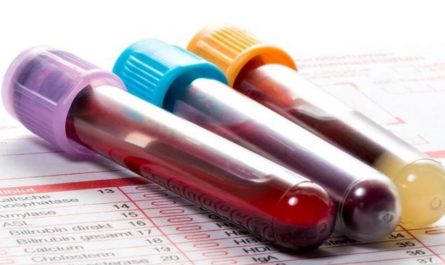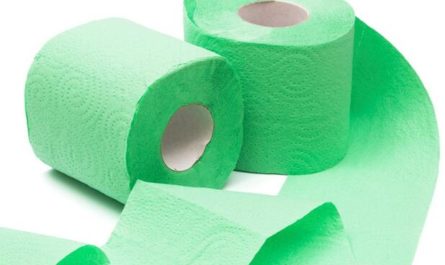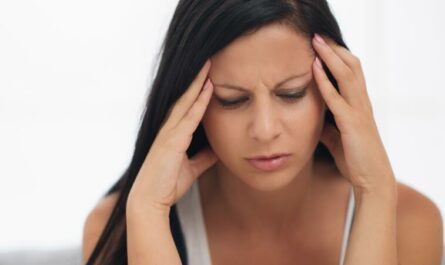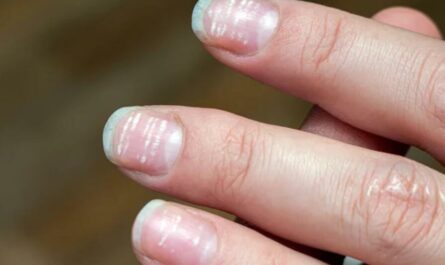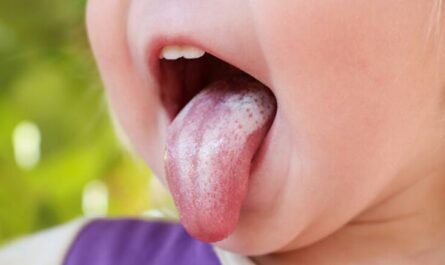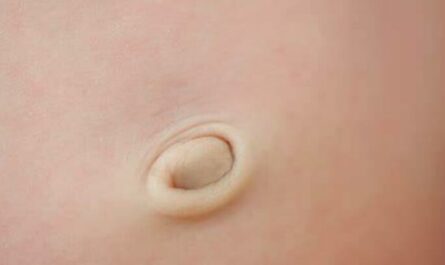Noticing bubbles in your urine can be worrying and disturbing. Normally, urine is light yellow or dark orange, as it contains excess water, sugars, and other unwanted substances. Seeing little bubbles in your urine could be a sign of excess carbon dioxide or alcohol consumption. However, bubbles in the urine may also indicate an infection.
If there are signs of pain, fever, or blood in the urine, you must seek medical attention. This can be an indication of a health problem. This article will discuss 12 common causes of bubbles in urine with treatment.
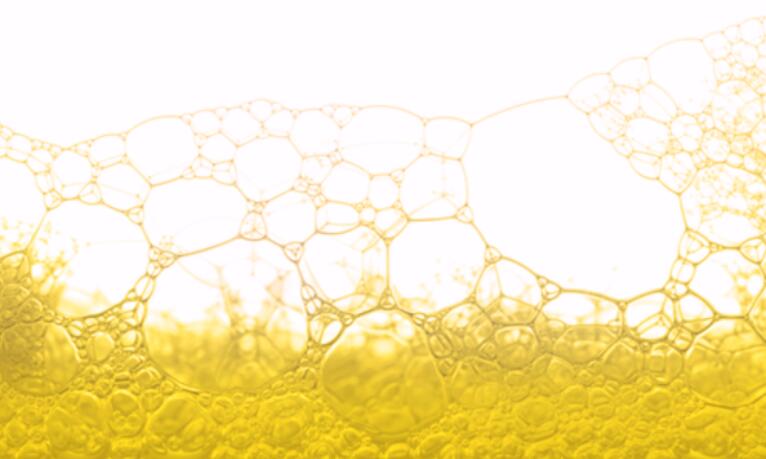
What does it mean to have bubbles in your urine?
Pneumaturia is the medical term for bubbles in urine. It is caused when gas is present in the urine, making it appear foamy or bubbly. A variety of conditions can cause pneumaturia, both medical and non-medical.
In the medical realm, pneumaturia can result from a urinary tract infection, kidney stones, or even bladder cancer. Other causes can be related to certain medications, such as diuretics or the presence of a foreign object in the urinary tract.
In non-medical cases, bubbles in the urine can be caused by something as simple as drinking too much-carbonated beverage. This can cause the urine to become foamy or bubbly.
In most cases, bubbles in the urine are not a cause for concern. However, if it is accompanied by other symptoms, such as nausea, vomiting, or pain in the abdomen, it can be a sign of a more serious health problem.
6 Normal Conditions of Bubbles in Urine
When urinating, there are cases where bubbles appear due to trapped air. These are some of the common causes of the presence of bubbles in urine.
1. Chemical Reaction
One of the reasons why bubbles are formed in your urine is a chemical reaction. Depending on the concentration of potassium, sodium, and other substances in your urine, you may notice some bubbles as it reacts with the chemical residue in the toilet bowl.
If you use many cleaning products, you may see bubbles in your urine after peeing. The appearance may also look a bit foamy.
2. Dehydration
The color of urine is usually colorless or light yellow. Sometimes, its color can be almost brownish hue or deeper yellow. The change in the color of your urine is typically normal.
However, if you notice that your urine is foamy or dark in color, this is a mild dehydration sign. Some people do not feel thirsty even if their body is already running out of water supply. It is essential to consume plenty of water, especially during the hot seasons. Other symptoms of dehydration include:
- Dizziness
- Confusion
- Dark-colored urine
- Less frequent urination
- Extreme thirst
The best treatment for dehydration is to replace the lost fluids. If you are also experiencing seizures, low blood volume shock, kidney problems, or urinary problems, consult your doctor immediately.
3. Rapid Urination
Another cause of bubbly urine that you should not worry about is rapid urination. Holding back the need to urinate for a long period will increase the pressure in the bladder. This releases urine faster than usual. As the urine hits the water in the toilet bowl, it creates bubbles as a normal reaction.
Rapid urination occurs typically in the morning or any time of the day. There is no need to worry about this condition unless it happens frequently.
4. Menstruation
Menstruation is also one of the typical causes of bubbles in urine. This usually occurs during the first two days of the period. The foamy appearance or presence of bubbles in urine should not be alarming.
The leading cause of bubble formation during menstruation is dehydration. To reduce the bubbles in your urine, drink plenty of water or eat fruits and vegetables with high water content.
5. Stress and anxiety
You may find many bubbles in your urine if you often feel pressure or anxiety or even difficulty falling asleep.Studies have found that long-term anxiety and insomnia can affect the normal function of the kidneys, which can lead to proteinuria.
Sometimes stress or anxiety can also cause diseases of the digestive system and heart system, which can also cause adverse effects in the body, such as a lot of bubbles in the urine.
To reduce stress and anxiety, you need to make lifestyle changes such as healthy eating, participating in sports, and maintaining a regular schedule.In addition, some natural therapies such as massage and yoga can also effectively help you reduce stress.
6. Pregnancy
Some pregnant women may experience bubbles in urine due to enlarged kidneys. This occurs as pregnancy puts more work on the kidneys and leads to more protein content in the urine. The result of a higher concentration of protein in the waste fluid is a foamy appearance or bubbles during urination.
While this condition is not usually a matter of concern during pregnancy, it is best to consult an obstetrician for a proper diagnosis. In some cases, bubbles in urine can be a symptom of preeclampsia.
Preeclampsia is a pregnancy complication, a sign of damage in the organ, usually the kidneys. It usually occurs after twenty weeks of pregnancy, accompanied by high blood pressure. Leaving this condition untreated can be dangerous for both mother and baby. Some signs and symptoms of preeclampsia are:
- Excess protein in the urine (bubbles in urine)
- Nausea or vomiting
- Severe headaches
- Blurred vision, light sensitivity, temporary loss of vision
- Shortness of breath
- Impaired liver function
- Abdominal pain
Since most symptoms are common during early pregnancy, it is best to contact your doctor.
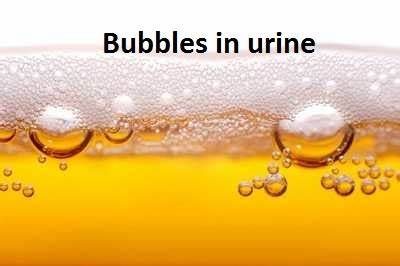
6 Serious Conditions that Cause Bubbles in Urine
If you always see bubbles in your urine, this could be a sign and symptom of a serious health condition requiring medical attention. Here are some of the severe conditions that cause bubbles in urine.
1. Proteinuria
One of the severe conditions that cause bubbles in urine is proteinuria. This condition results from a high amount of protein in urine and is often a symptom of kidney disease. Kidneys functioning well do not let much protein enter their filters. However, damaged filters may allow proteins into the urine.
The common risk factors for proteinuria are high blood pressure and diabetes. Both conditions can damage the kidneys and may lead to proteinuria. Other causes of proteinuria include medications, infections, toxins, trauma, and immune system disorders.
Treatment for Proteinuria
Temporary or mild proteinuria may not require treatment. However, chronic kidney disease may lead to kidney failure. People with high blood pressure or diabetes are prescribed medications like ACE inhibitors (angiotensin-converting enzyme inhibitors) or ARBs (angiotensin receptor blockers).
Proper treatment is essential to prevent further kidney damage, especially hypertension and diabetes.
2. Urinary Tract Infection
Urinary tract infection or UTI is an infection in any part of the urinary system. The condition can be in the bladder, ureters, urethra, or kidneys, but in most cases, it involves the urethra and bladder. In severe cases, the infection can spread to the kidneys. Some signs and symptoms of disease in the urinary tract may include:
- Persistent need to urinate
- Small amounts of urine
- Burning sensation during urination
- Cloudy urine with a foul odor
- Bright pink or red-colored urine which is a sign of blood
- Pelvic pain in women
UTI occurs when bacteria get into the urinary tract. They can enter through the urethra and start multiplying in the bladder.
Treatment for UTI
Depending on the cause and type of the urinary tract infection, your doctor may prescribe medications like antibiotics, antifungal, antiviral, or antiparasitic drugs. The symptoms usually disappear after a few days of treatment. However, severe infection may require treatment with intravenous antibiotics.
You can reduce the risk of urinary tract infection by drinking plenty of water to flush out toxins and bacteria from your system. After a bowel movement or urination, wipe the area from front to back. After sexual intercourse, drink a glass of water and empty your bladder to eliminate bacteria.
3. Diabetes
Another possible cause of bubbles in urine is diabetes. It occurs when the glucose level in the blood is higher than usual. Glucose comes from food and the liver. It is the body’s source of energy.
If you have not eaten, your liver automatically breaks down stored glycogen into glucose. Too much glucose can result in severe health conditions. Some signs and symptoms of both type 1 and type 2 diabetes may include:
- Frequent urination
- Extreme hunger and thirst
- Weight loss
- Ketones in urine (ketones are substances formed when the body breaks down fats)
- Sores that heal slowly
- Fatigue and irritability
- Frequent infections (skin, vaginal, or gum infection)
- Blurred vision
Treatments for diabetes may include insulin and oral medications, and blood sugar monitoring. All types of diabetes need to maintain a healthy weight by consuming fruits, vegetables, and whole grains rich in fiber and nutrition.
It is also best to reduce calories and fat intake. Physical activities are also necessary to lower blood sugar levels. Walking, biking, or swimming for at least 30 minutes daily can improve your overall health.
4. Vesicocolic Fistula
A vesicocolic fistula is an abnormal connection between the bladder and the colon. It can cause bubbles in the urine, which is a sign of air in the bladder.
The air may be coming from the intestines or introduced into the bladder through the fistula. The bubbles can vary in size and number, but usually, they are small and numerous.
Vesicocolic fistula is usually caused by previous surgery or trauma. It can also occur in the setting of inflammatory bowel disease, diverticulitis, or radiation therapy.
Symptoms of a vesicocolic fistula include frequent urination, pain, or burning when urinating. Bubbles in the urine are a common symptom and can be accompanied by a foul-smelling odor. Other symptoms can include frequent urinary tract infections, urinary incontinence, and flank pain.
The diagnosis of a vesicocolic fistula is made through imaging studies such as a CT scan or an MRI. Treatment depends on the underlying cause and may include antibiotics, surgery, radiation, endoscopic therapy, or a combination of therapies.
5. Kidney Disease
Healthy kidneys eliminate waste from the blood after digestion, exposure to medications or chemicals, and muscle activity. They balance the blood’s water and minerals like potassium, sodium, and phosphorus.
Problems in the kidney can occur when there is not enough blood flowing to these organs when urine is backed up in the kidneys, or when there is direct damage to the kidneys.
Some symptoms of kidney disease may include:
- Foamy urine
- Nausea or vomiting
- Frequent urge to pee
- Swelling of the ankles
- Puffiness around the eyes
- Lack of taste
- Dry and itchy skin
- Shortness of breath or fatigue
- Muscle cramps
Prompt diagnosis and treatment are essential to prevent the condition from getting worse. Consult your doctor immediately if you are experiencing some of the symptoms mentioned.
6. Heart (cardiovascular) disease
According to the latest research, too many bubbles in the urine may indicate cardiovascular disease. Patients with hypertension have higher urine protein levels than ordinary people. Patients with proteinuria are more likely to suffer a stroke, high blood pressure, heart disease, and even heart failure.
It is best to have a healthy lifestyle to reduce the risk of high blood pressure and heart disease. Studies have found that a good lifestyle, such as reducing alcohol consumption, healthy eating, and physical exercise, can reduce the risk of heart attack by 80%.
If you often find excessive bubbles in your urine and symptoms such as heart pain, it is best to see your doctor as soon as possible.
Home Remedies for Bubbles in Urine
How to quickly reduce bubbles in urine? If the symptoms are caused by some of the severe diseases mentioned above, you need to see a doctor for treatment as soon as possible. For some mild symptoms, you can try the following methods.
- Drink a lot of water: Drinking a lot of water and urinating can flush out the bacteria accumulated in the urethra and prevent urinary tract infections.
- A healthy lifestyle: A healthy lifestyle such as weight loss, healthy eating, staying away from stress, and participating in sports can effectively reduce the appearance of bubbles in the urine.
- Reduce the intake of calcium or vitamin D supplements: This can reduce the risk of hypercalcemia.
- Eating a healthy diet: Eating a diet low in salt and fiber can help reduce the amount of protein in the urine.
- Exercise: Proper exercise can effectively reduce high blood sugar and reduce the symptoms of diabetes. Exercise can also help reduce the amount of protein in the urine and improve kidney function.
When to Worry about Bubbles in Urine?
When it comes to urine, bubbles can be a sign of several different things.
The most common cause of bubbles in urine is simply air that has been stirred up in the urine sample. If this condition happened only once and returned to normal after a few hours, this is usually nothing to worry about.
However, bubbles in urine can also be a sign of a more severe condition. Protein can cause bubbles to form in urine, which can be a sign of kidney disease. If you notice persistent bubbles in your urine, it is essential to visit your doctor.
In rare cases, bubbles in urine can be caused by a urinary tract infection. This is usually accompanied by other symptoms, such as a frequent urge to urinate, pain or burning during urination, and cloudy urine. If you have any of these symptoms, it is essential to seek medical attention.

